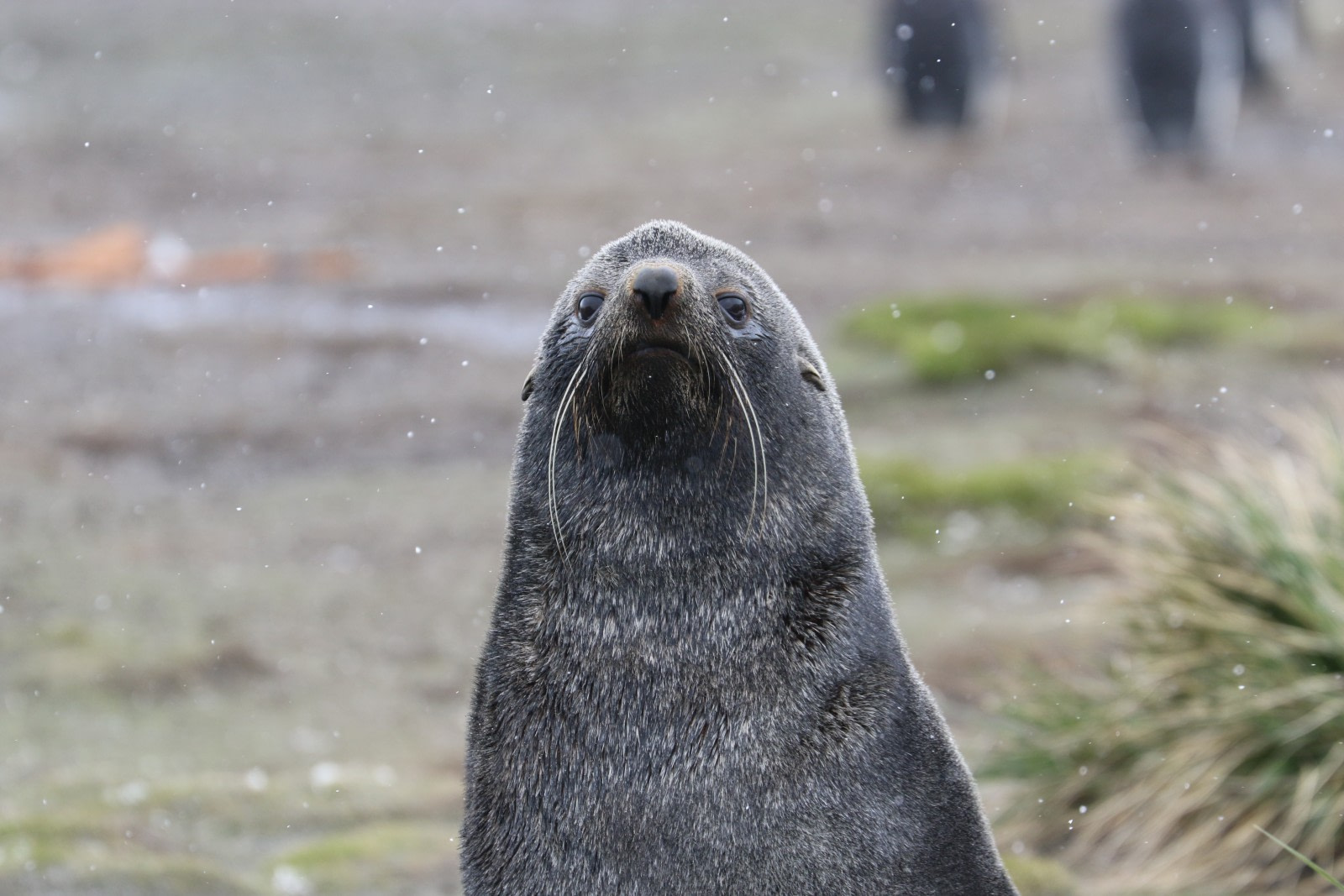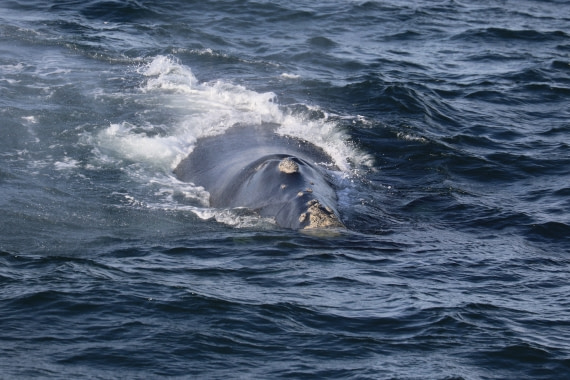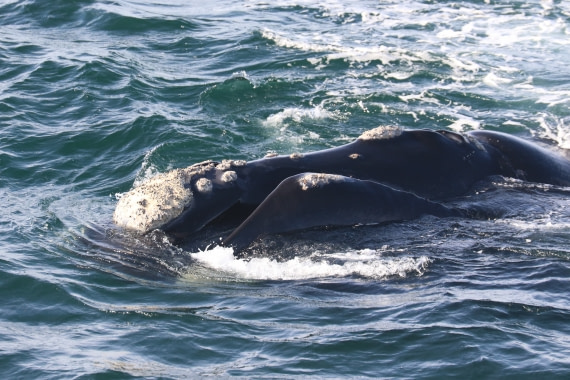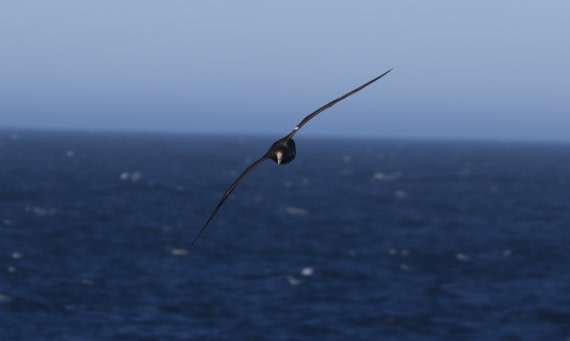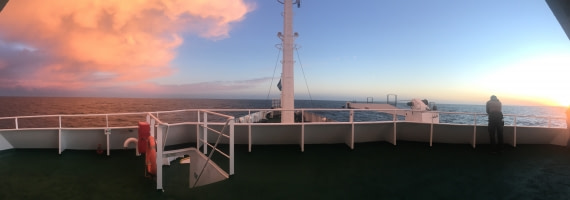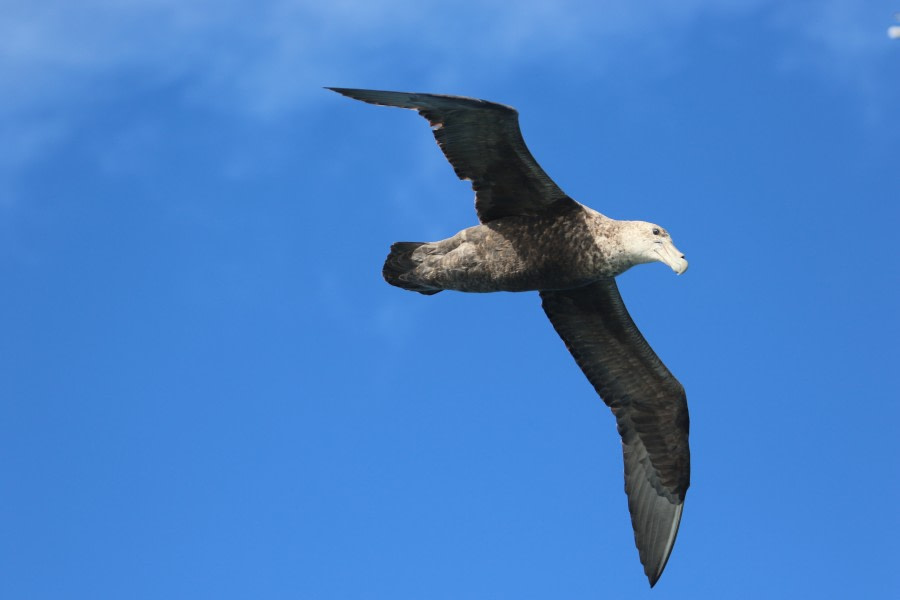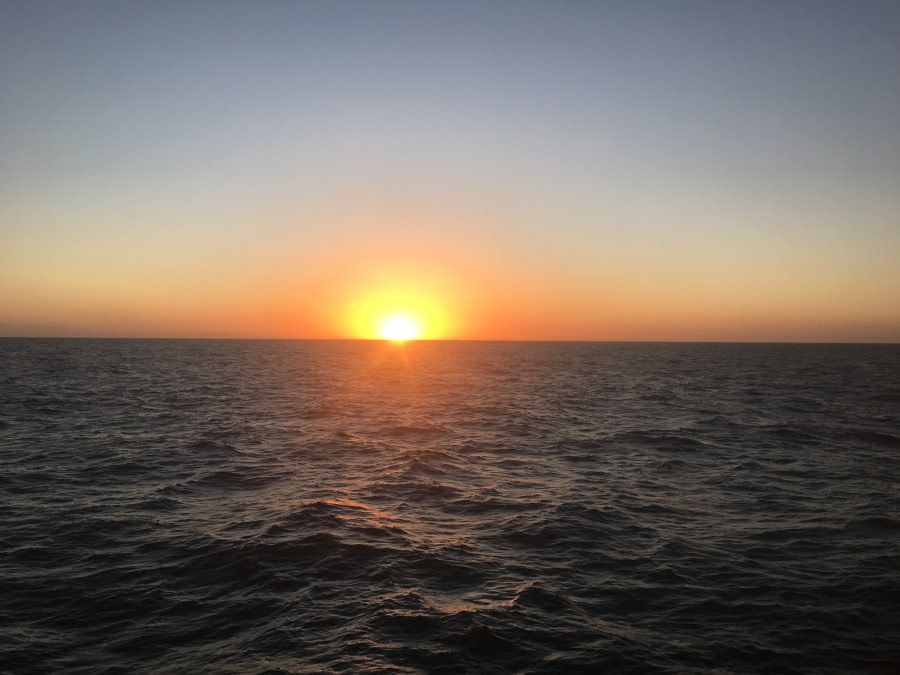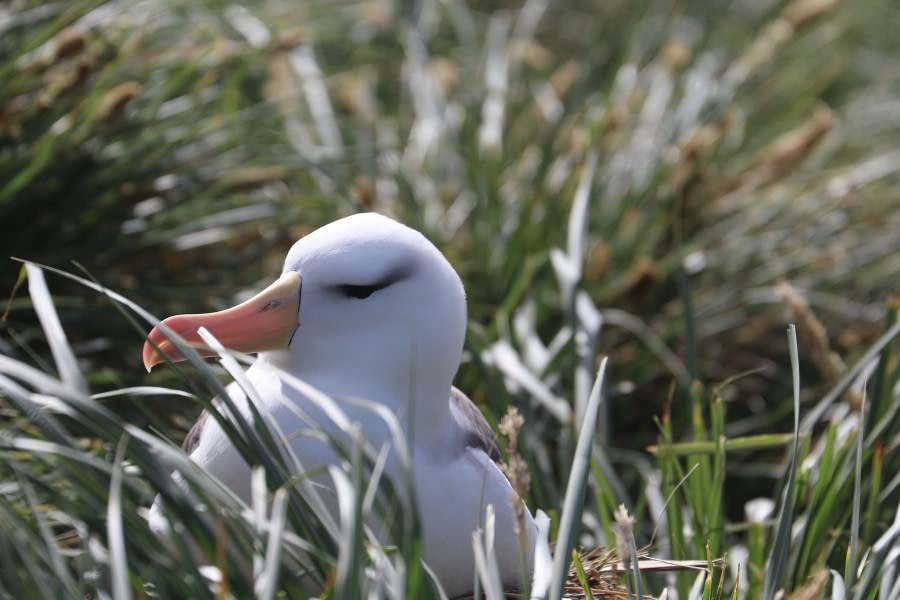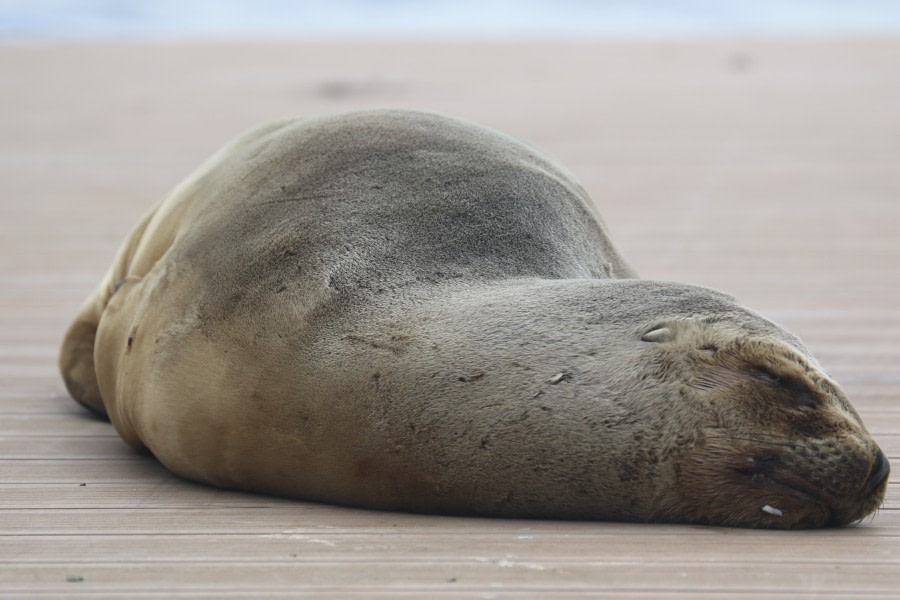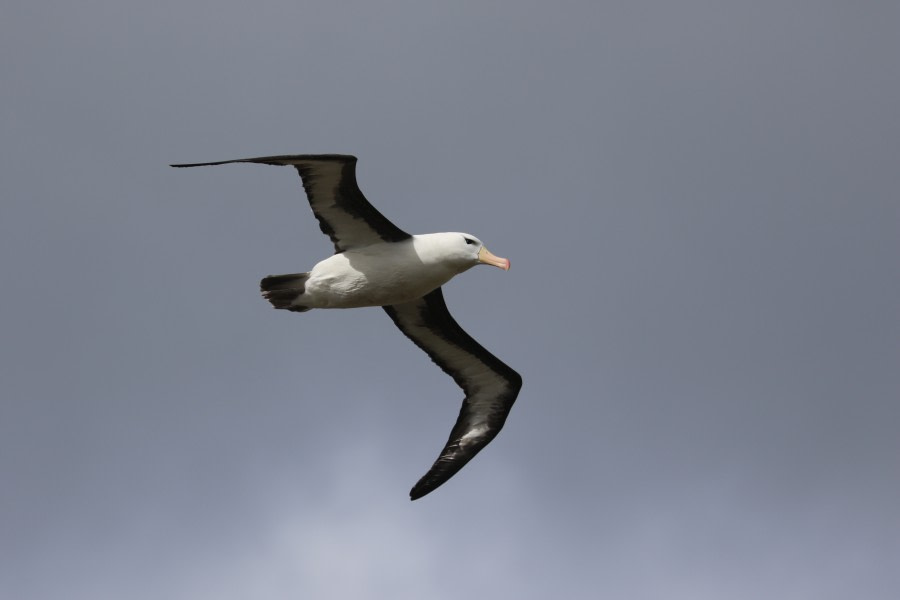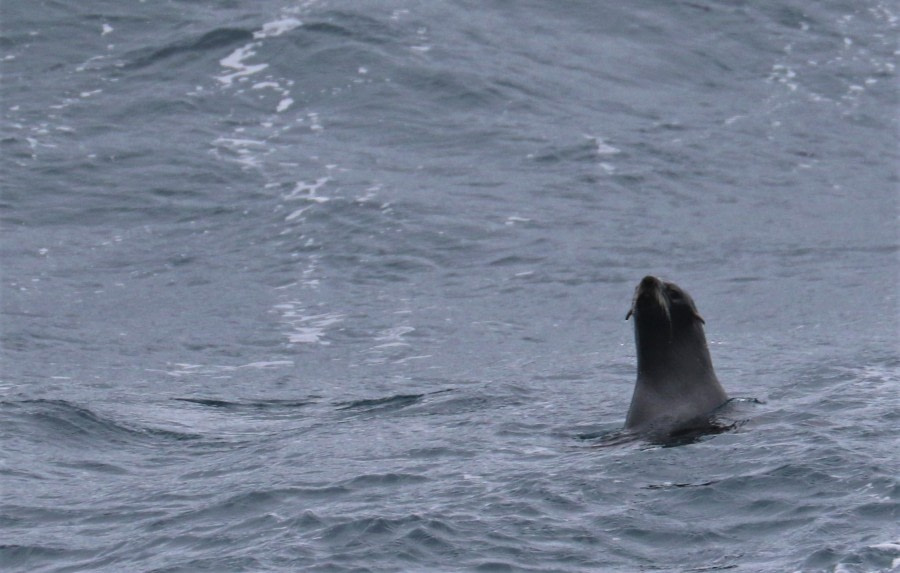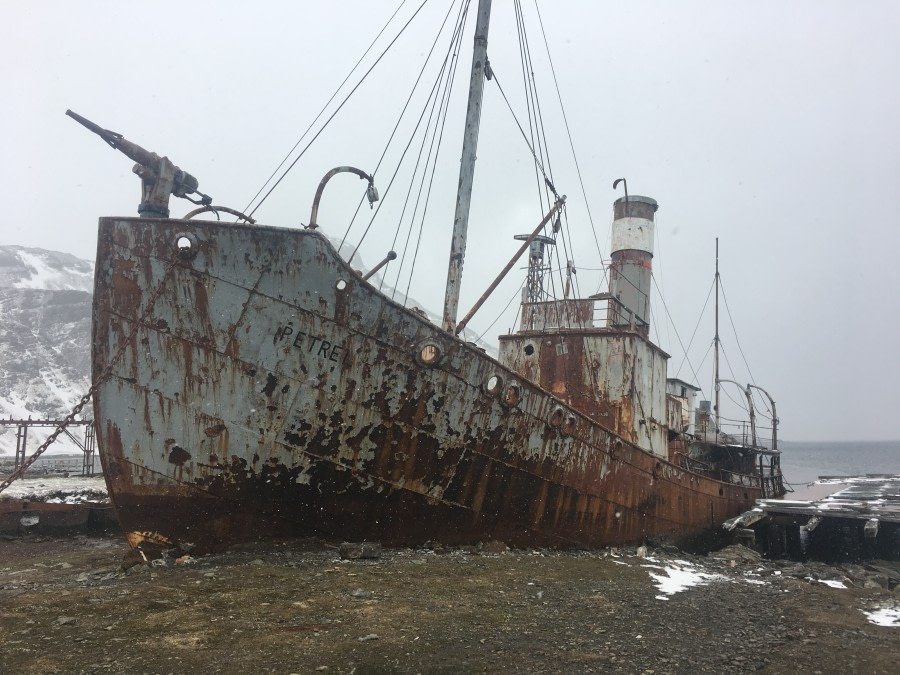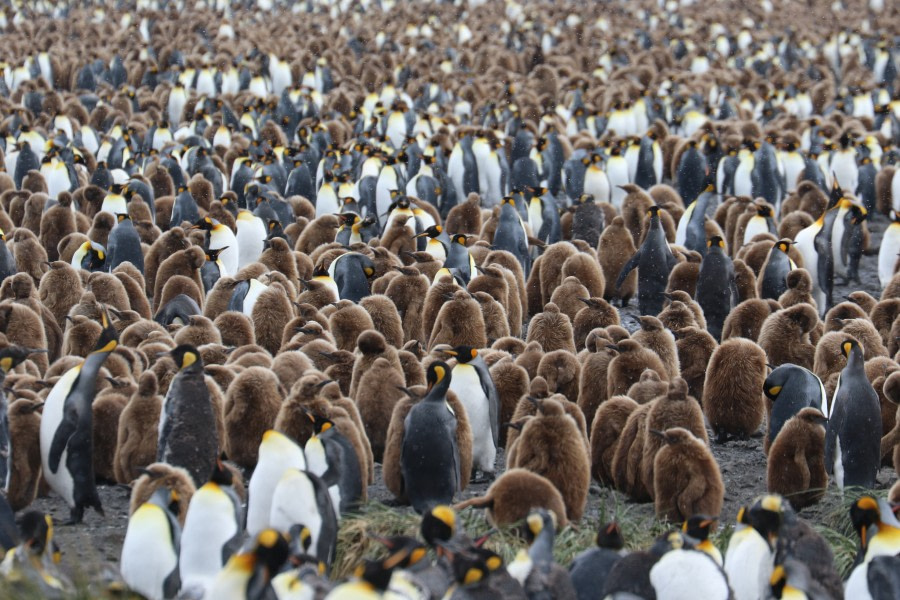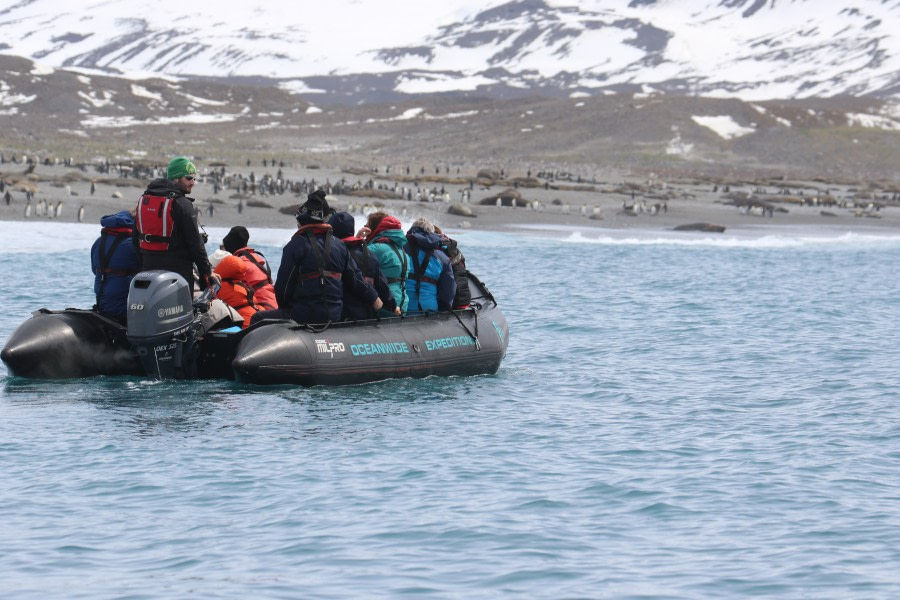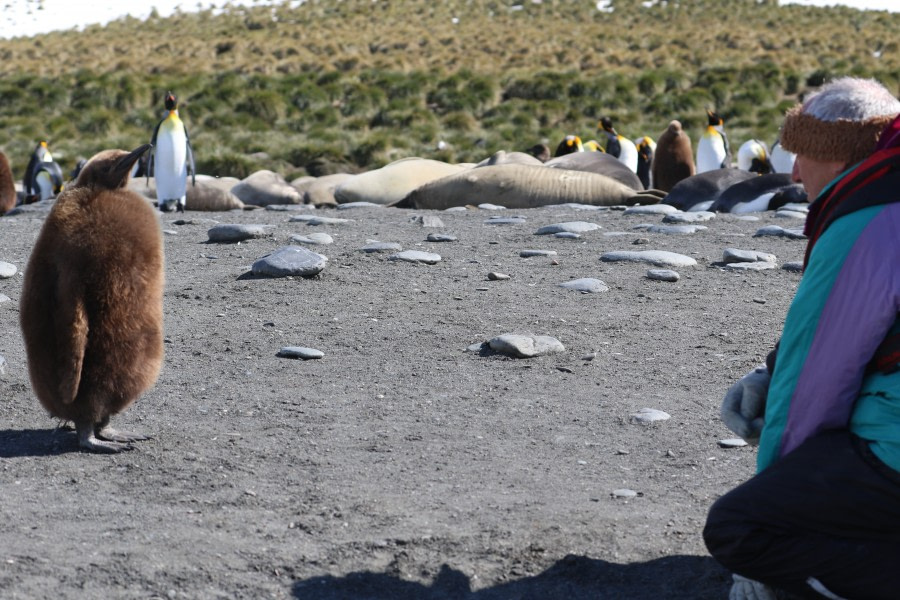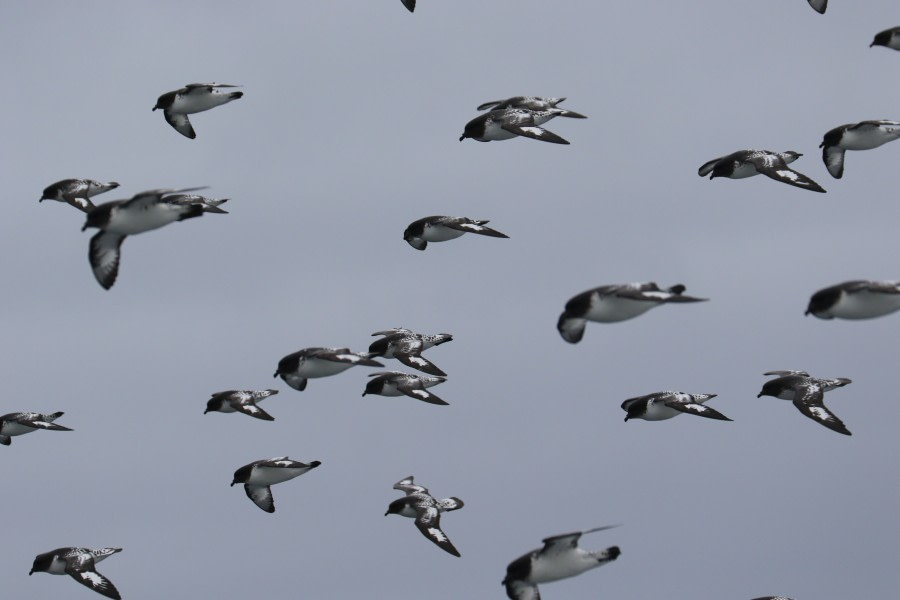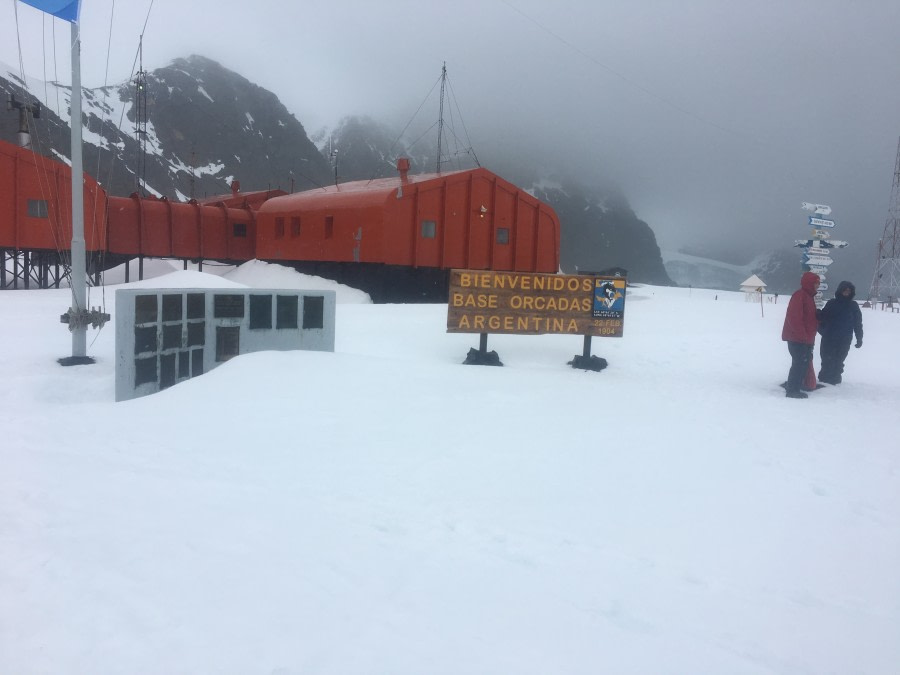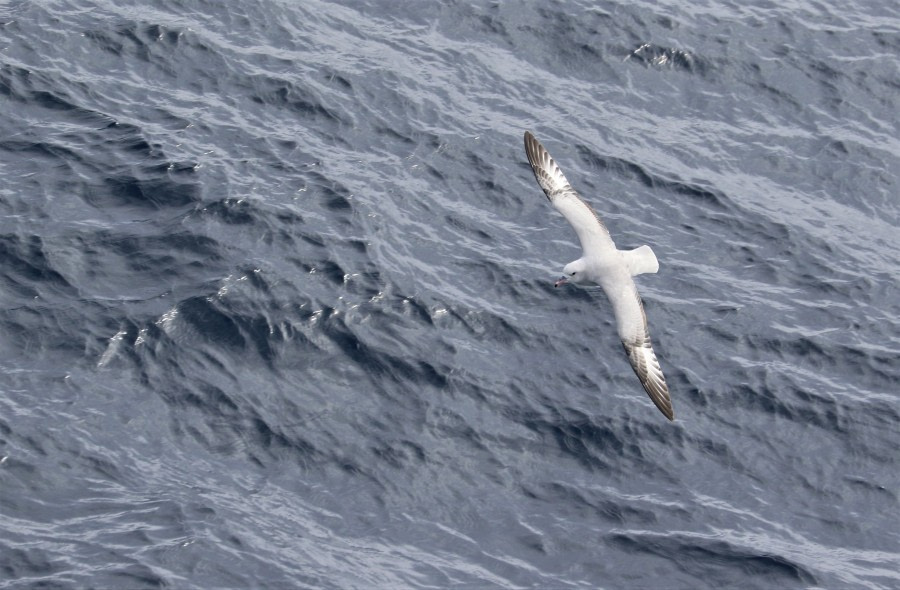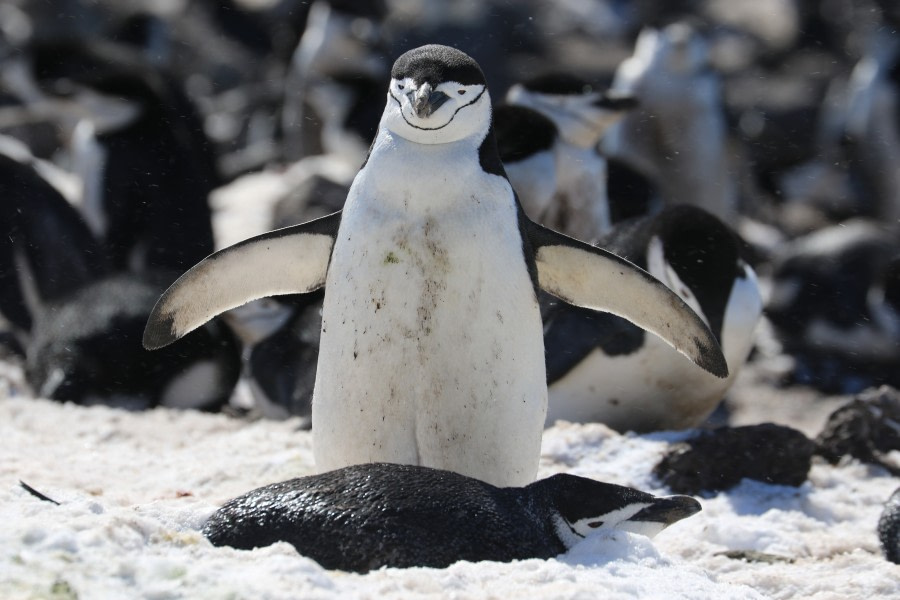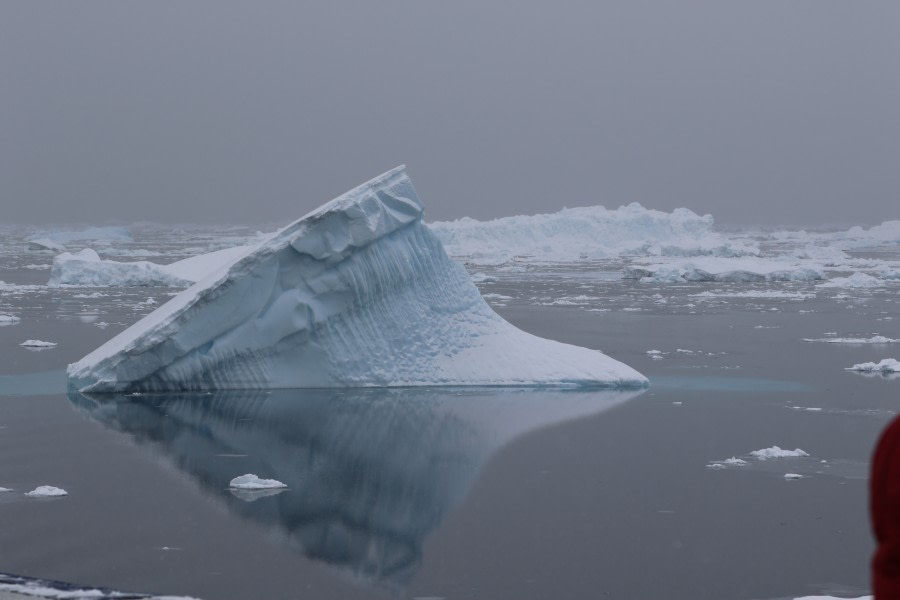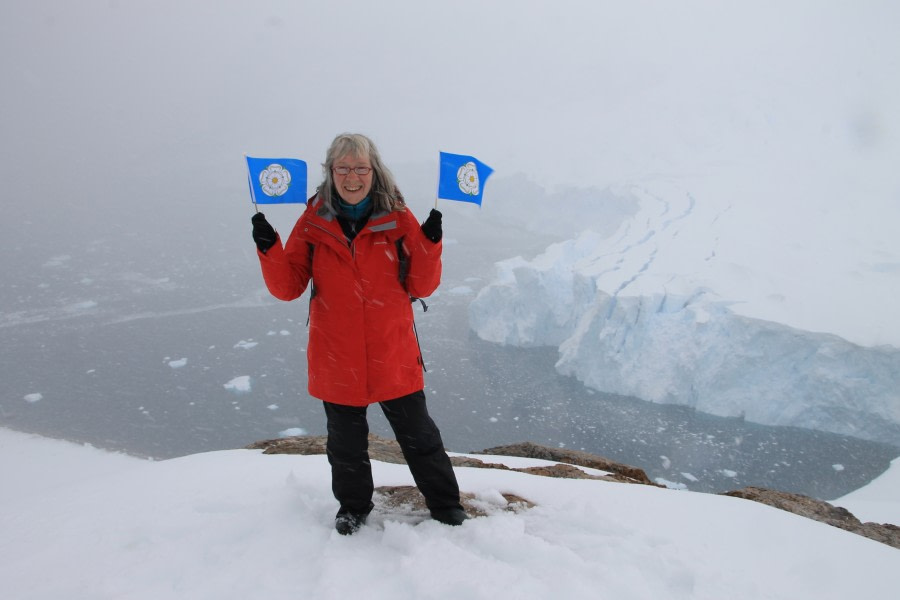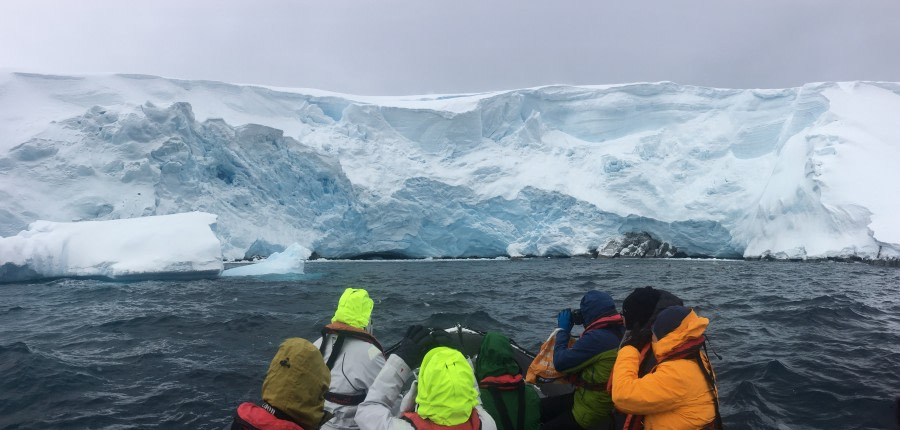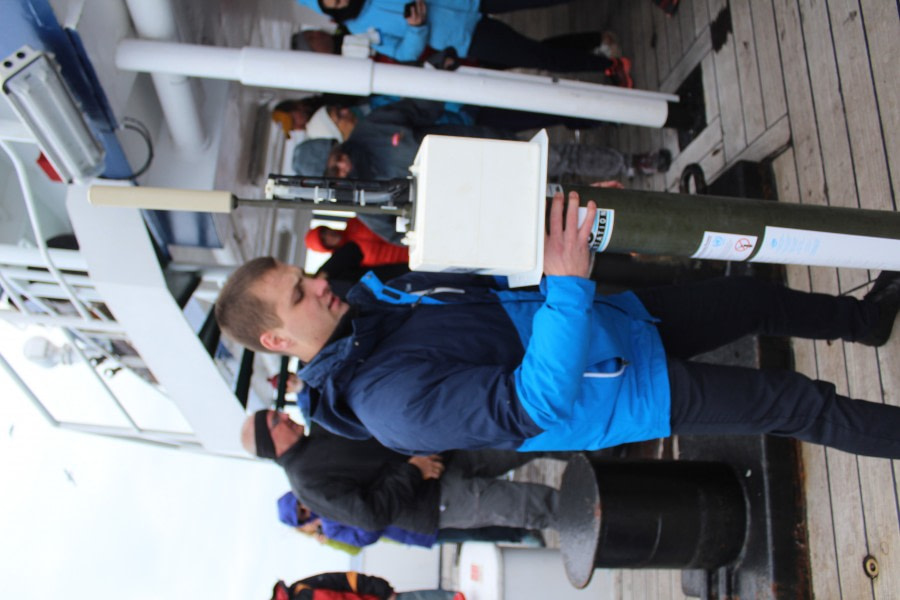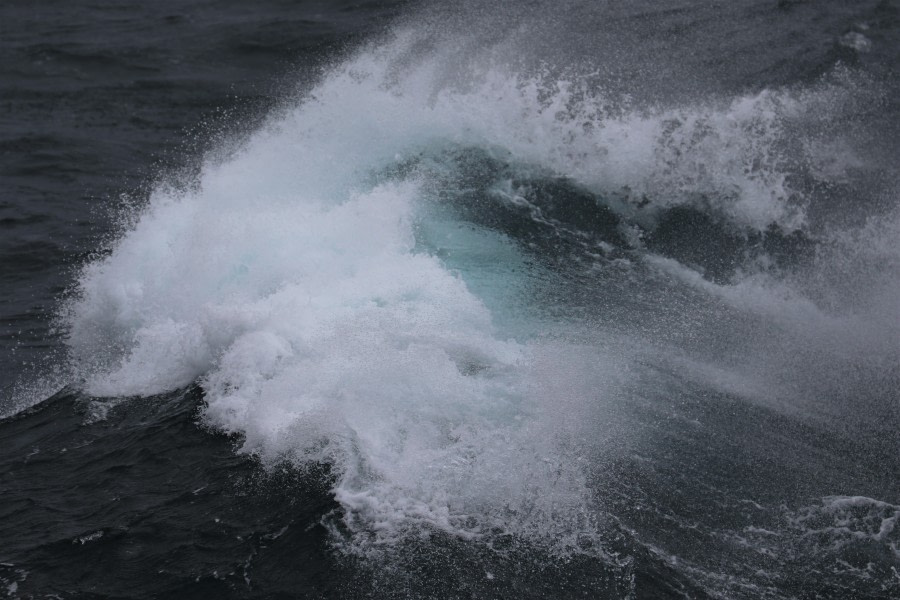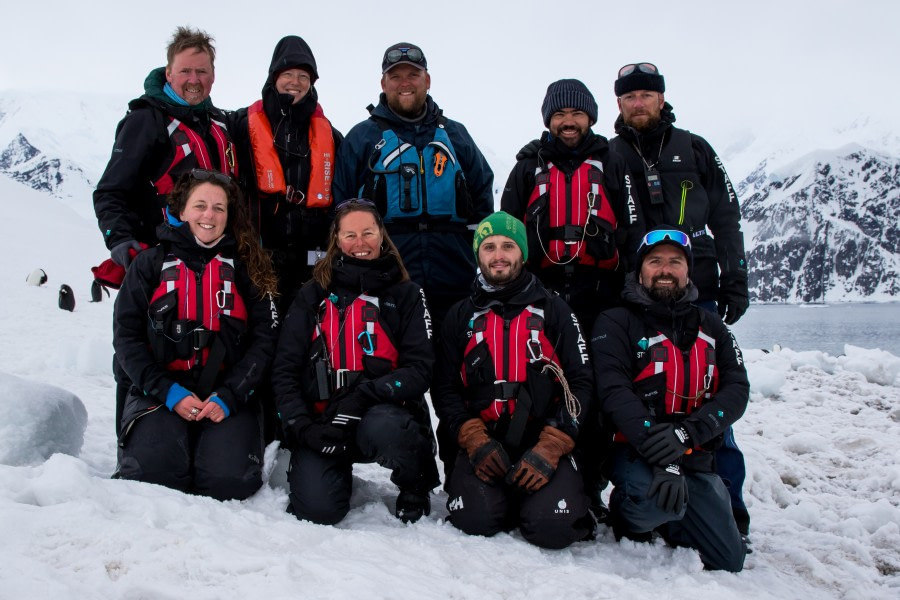| Datum: | 03.11.2018 |
| Positie: | 042°45’S / 065°01’W |
| Wind: | NW 5 |
| Weer: | clear |
| Luchttemperatuur: | +15 |
Puerto Madryn is a small coastal town wedged between the South Atlantic Ocean and the Patagonian desert. Traditionally this town was based on fishing and whaling but in recent years the whales have brought revenue into the town in the form of tourists. As the main access point to the Valdez Peninsula, the town attracts visitors from all over the world to see the penguins, seals and Southern right whales that calve and raise their young in the bay during the mild summer months. Many of us had spent a few days in the area prior to joining Plancius in order to see some of the wildlife along the coast. At 1600 members of the Expedition team met us on the pier to assist with our luggage and embarkation. The weather conditions were lovely with warm sunshine and an easterly breeze. It was hard to believe that we would be freezing cold in the Antarctic in the coming days! Once our luggage was scanned we embarked our ship; the MV Plancius, which would be our home for the next 20 days. As we boarded the ship we met hotel managers, Zsuzsanna and Bobby and were then checked into our cabins with the assistance of the Filipino crew. Shortly after boarding, the deck crew and shore workers released the ropes, and we departed Puerto Madryn harbour. Many of us stood on deck, watching the proceedings, and eager to spot birds and wildlife from the very startof the voyage. Within minutes of departing, we spotted many Southern Right Whales close to the vessel and in the distance; many of them were breaching or ‘sailing’ with their tail flukes. The first briefing in the lounge was the SOLAS (Safety of Life At Sea) presentation, given to us by Chief Officer Miia who was assisted by the crew and staff. The safety briefing was followed by a familiarisation of the ship from Zsuzsanna our Hotel Manager which was a useful chance to get our bearings of our home for the coming weeks. We then made our way back to our cabins to prepare for the abandon ship drill. Upon hearing the alarm, we reconvened in the lounge, donning our huge orange life jackets and after a muster call we were taken to see the lifeboats. As the sun set on the horizon, we were welcomed on board by Captain Artur Iakovlev with a glass of fizz and canapes. By this time the wind had started to increase a little making the motion of the ocean a little uncomfortable for some of us. A chat with the ships doctor, Lieselotte Ras, to get some pills or patches and everyone began to feel a little more comfortable. By 2000, the light was beginning to fade and dinner was served in the dining room. It was a chance to meet some of our fellow passengers and share stories of previous travels and hopes for this expedition to the Falklands and South Georgia and Antarctica. It should be a great adventure!
